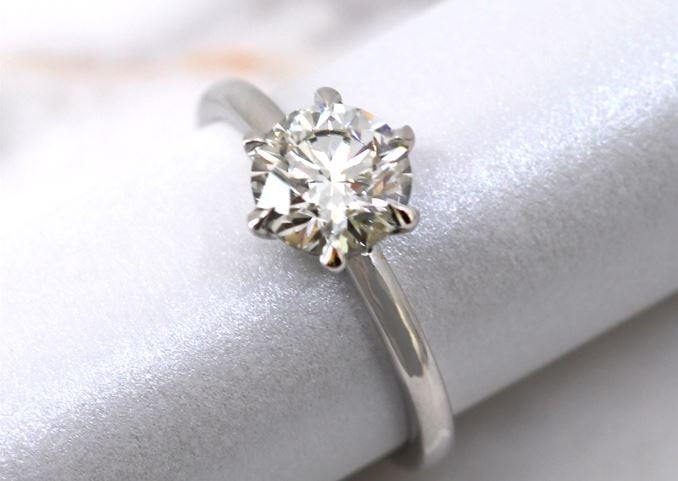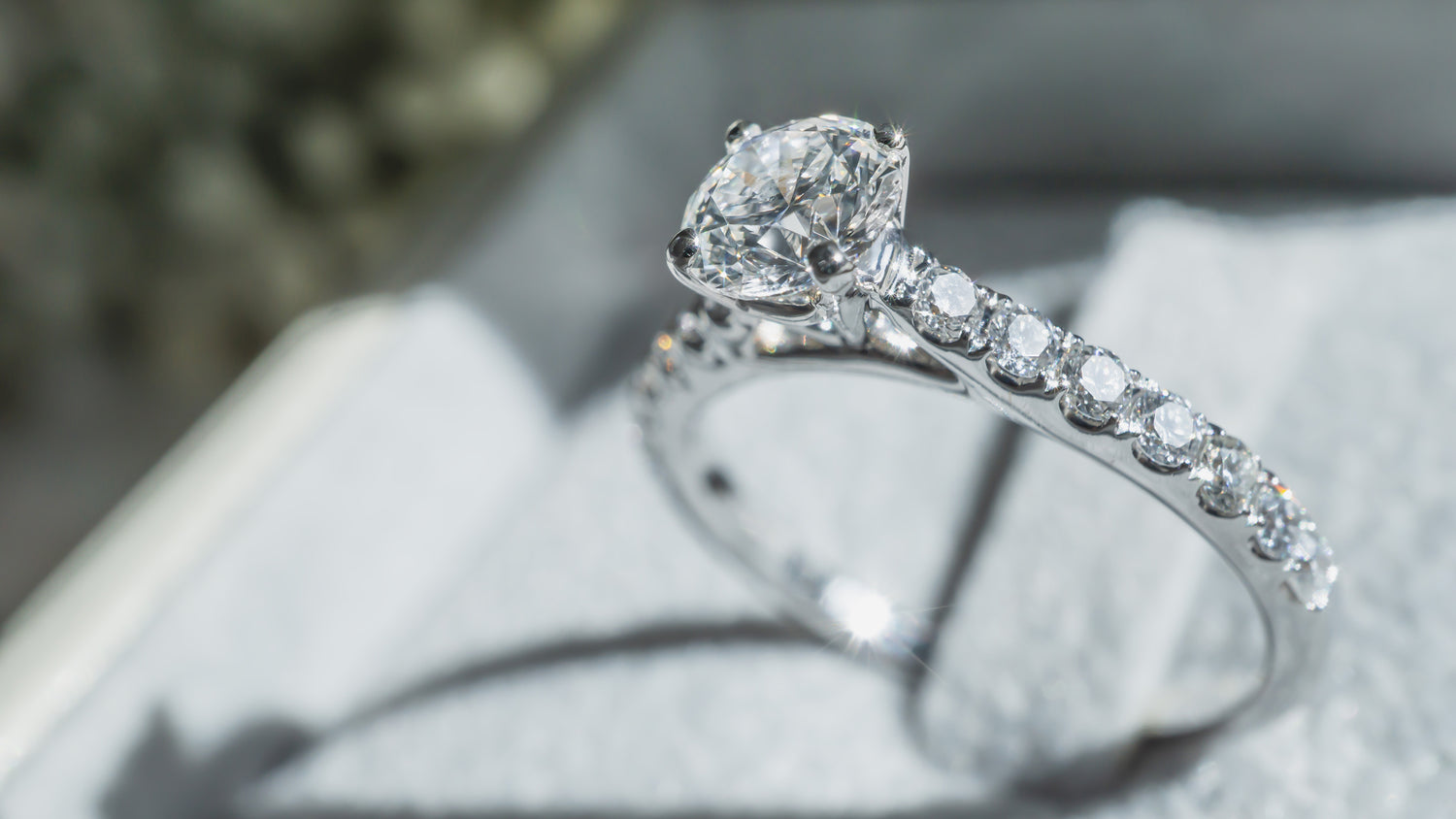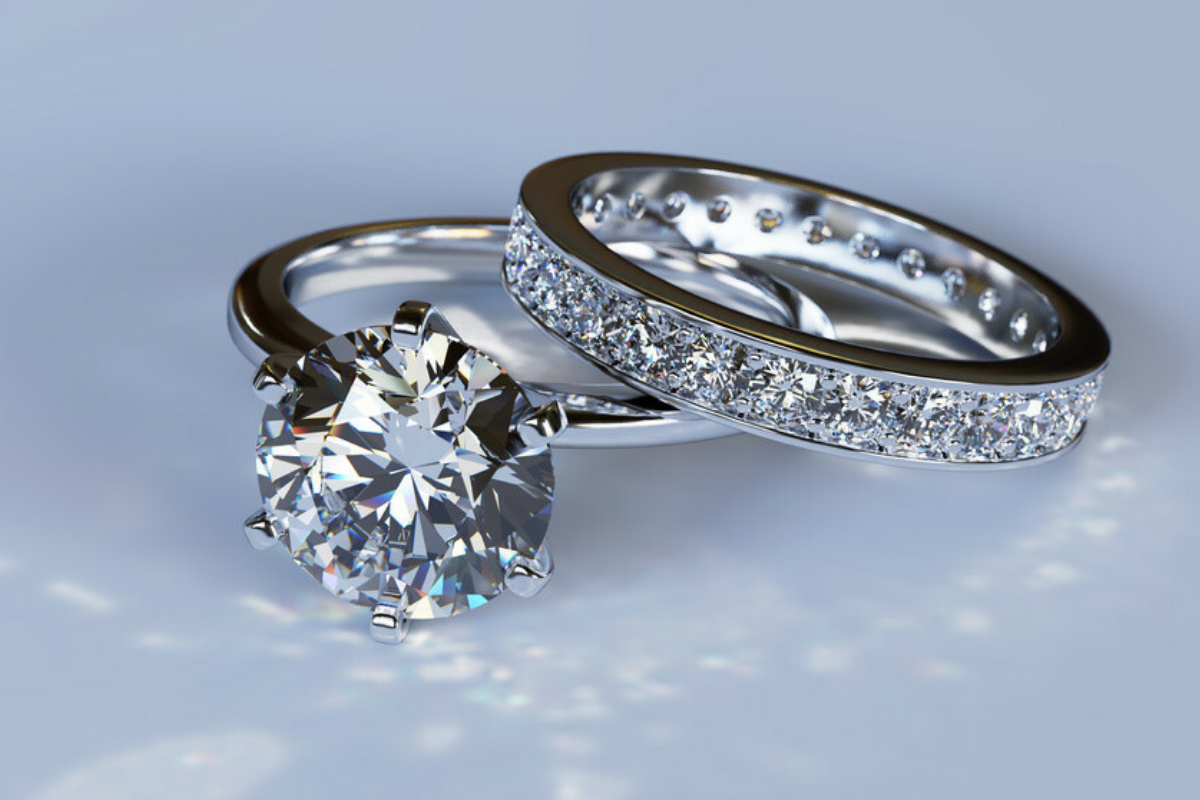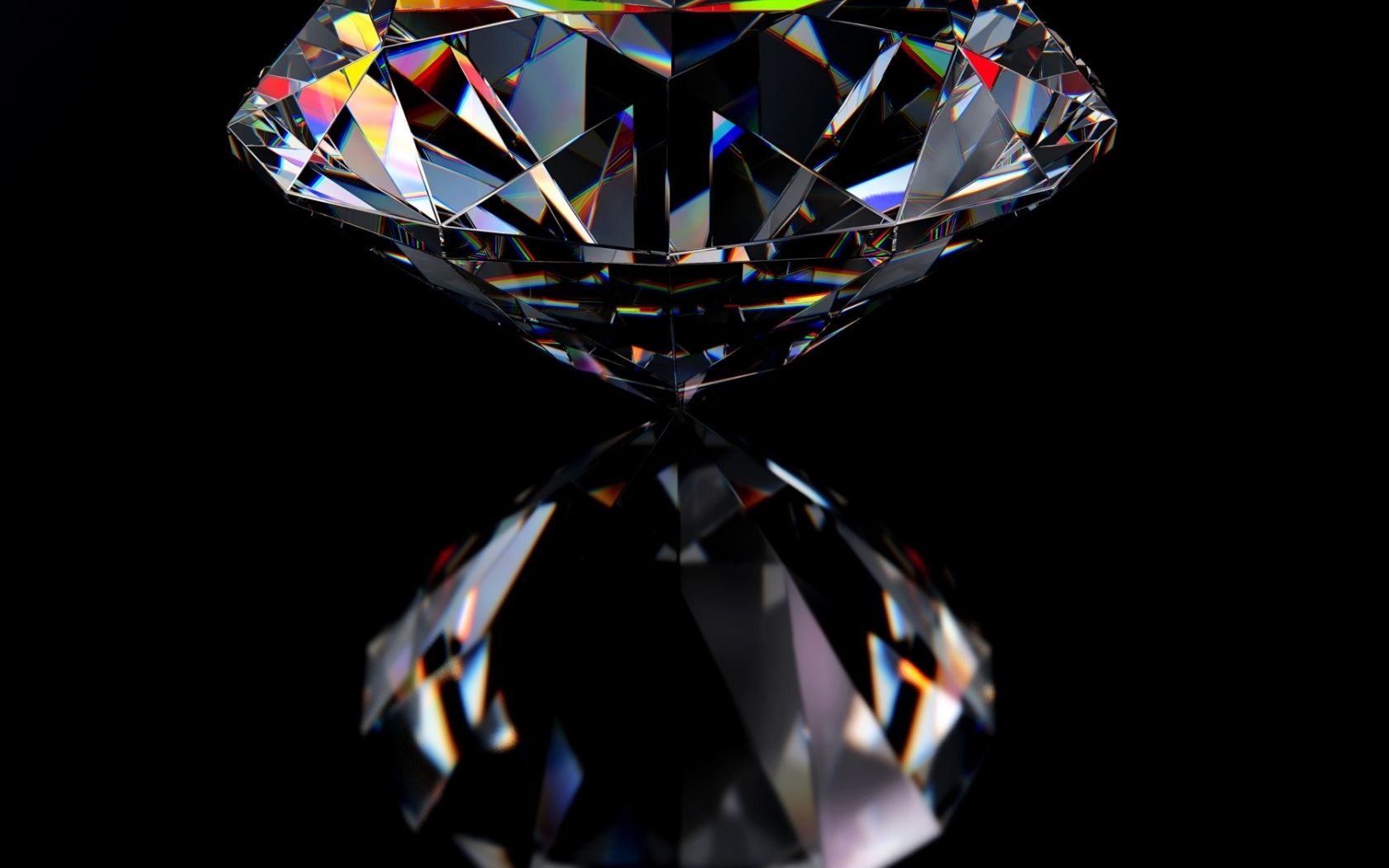In recent years, the jewelry industry has witnessed a significant shift toward sustainability and ethical sourcing, prompting brands to promote recycled gold and man-made diamonds as eco-friendly alternatives to traditional materials. While these trends aim to address environmental concerns and ethical issues, there’s an ongoing debate about their authenticity and the messaging surrounding them. This article explores the complexities behind recycled recycled gold in jewellery is a lie and the truth about man-made diamonds, shedding light on what consumers should know before making a purchase.
Table of Contents
The Allure of Recycled Gold
Recycled gold is often marketed as an ethical and environmentally friendly choice, appealing to consumers who want to make responsible purchasing decisions. This gold is derived from previously used jewelry, electronics, and other sources, which are melted down and refined to create new pieces. Proponents argue that this process reduces the need for mining, which is notorious for its devastating environmental impact, including habitat destruction and pollution.
However, the term “recycled gold” can be misleading. While the idea of reusing existing materials is commendable, the gold itself can be difficult to trace. Many pieces of jewelry labeled as “recycled” may contain only a small percentage of actual recycled gold, with new gold alloys mixed in during the manufacturing process. This lack of transparency raises questions about the true sustainability of the products, as consumers might believe they are buying something inherently eco-friendly when it may only be partially so.
The Ethics Behind Man-Made Diamonds
Similar to recycled gold, man-made diamonds—also known as lab-grown diamonds—have gained popularity as a more ethical alternative to traditional mined diamonds. These diamonds are created in controlled laboratory environments using advanced technology that replicates the natural processes of diamond formation. This method offers several advantages, including reduced environmental impact, the elimination of child labor and conflict associated with mining, and often lower costs for consumers.
Nevertheless, the marketing of man-made diamonds is fraught with ambiguity. Some jewelers promote them as identical to natural diamonds, touting their chemical and physical properties as indistinguishable. While it is true that they share the same structure, the perception of value differs significantly between the two. Many consumers view mined diamonds as more desirable due to their rarity and the romantic notion surrounding them. This discrepancy in perceived value leads to skepticism about the true benefits of choosing lab-grown options over traditional ones.
The Misleading Marketing Practices
The jewelry industry’s marketing practices can sometimes blur the lines between truth and manipulation. Brands may employ emotionally charged language to evoke feelings of sustainability and ethical responsibility, often without providing concrete evidence to back their claims. This creates a dilemma for consumers who genuinely want to make responsible choices but may find it challenging to navigate the complexities of the market.
For instance, some jewelry companies emphasize their use of recycled gold in their branding, yet fail to disclose how much of their gold actually comes from recycled sources. Similarly, while man-made diamonds may be marketed as eco-friendly, the energy consumption associated with their production raises questions about their overall environmental impact. The challenge lies in discerning genuine ethical practices from clever marketing tactics.
The Importance of Consumer Awareness
In an industry rife with misinformation, consumer awareness is crucial. Educating oneself about the sourcing and production of jewelry materials can empower buyers to make informed choices. Seeking out brands that provide transparency regarding their supply chains, certification of materials, and commitment to sustainable practices can help ensure that purchases align with personal values.
Furthermore, supporting companies that prioritize ethical sourcing and transparency not only promotes a more sustainable industry but also holds brands accountable for their claims. This push for accountability can lead to meaningful change in the industry, encouraging more jewelers to adopt ethical practices.
Conclusion
While the promotion of recycled gold and man made diamonds reflects a growing awareness of sustainability and ethical concerns within the jewelry industry, consumers must remain vigilant. The realities behind these materials can be more complicated than marketing suggests, with issues of transparency and authenticity at the forefront. By educating themselves and demanding accountability from brands, consumers can navigate the jewelry market with confidence, ensuring that their purchases truly reflect their values. In a world where marketing often overshadows truth, informed choices pave the way for a more ethical and sustainable future in jewelry.












